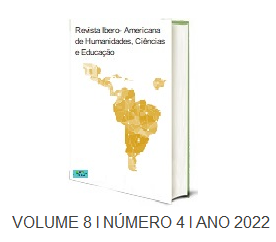ANATOMY, HOWSHIP-ROMBERG SIGNAL AND MYOCUTANEOUS FLAP WITH MESH TECHNIQUE IN THE OBTURATOR HERNIA
DOI:
https://doi.org/10.51891/rease.v8i4.5006Keywords:
Obturator Hernia. Anatomy. Diagnosis. Myocutaneous flap. Surgery. Plastic surgery.Abstract
Introduction: “In critical and difficult situations in the repair of large hernia defects, the creative capacity and manual skill of the surgeon are revealed, based on the depth of his knowledge” Prof. Dr. Alcino Lázaro da Silva*. Obturator hernia consists of protrusion through the obturator orifice, between the superior ramus of the pubis and the fibers of origin of the internal obturator muscle, where obturator vessels and nerves emerge from the pelvic cavity. Objective: To study the anatomy, the Howship-Romberg sign and to present the mesh flap technique in obturator hernia. Method: Anatomy and Howship-Romberg sign studies were performed in obturator hernia. The myocutaneous flap technique with mesh was presented in the surgical treatment of obturator hernia. The myocutaneous flap was nourished by the inferior gluteal blood vessels. The double composition mesh was sutured with the macroporous face on the open face of the flap. Results: The study of the anatomy revealed that the enlargement of the obturated orifice was a predisposing factor, the knowledge of the Howship-Romberg sign helped in the preoperative diagnosis and the technique of the myocutaneous flap with mesh allowed the surgical treatment of obturator hernia. Conclusion: Enlargement of the obturated orifice was a predisposing factor, the Howship-Romberg sign helped in the preoperative diagnosis and the myocutaneous flap technique with mesh allowed the reconstruction of the ischial wound and reinforced the obturated orifice at the obturator hernia site.
Downloads
Downloads
Published
How to Cite
Issue
Section
Categories
License
Atribuição CC BY

